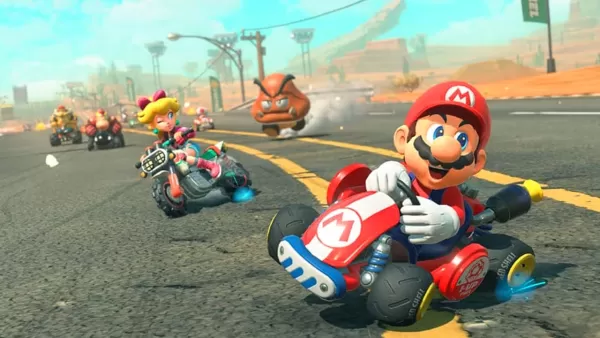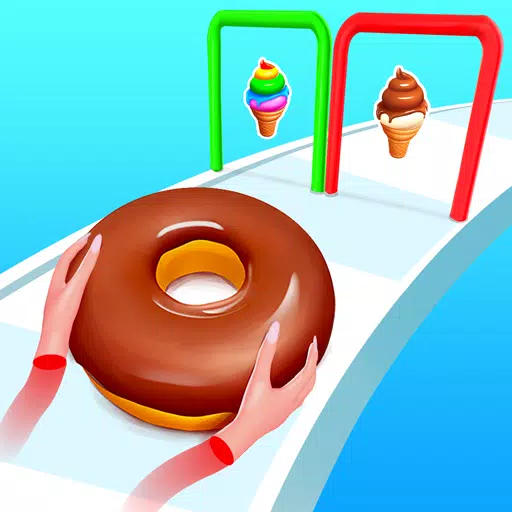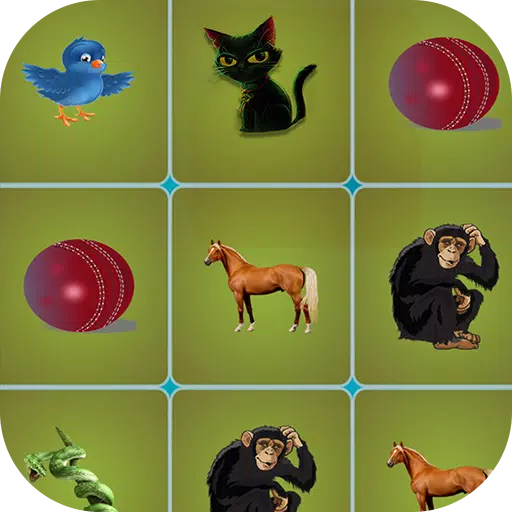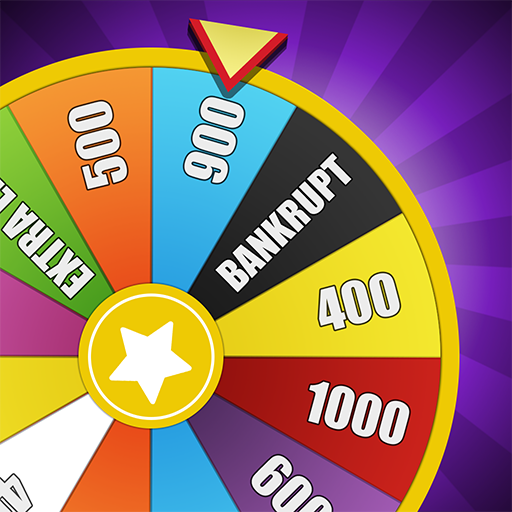At the start of April, Nintendo’s highly-anticipated Switch 2 Direct event concluded on a suspenseful note. The showcase dazzled fans with an array of innovative features and a robust lineup of upcoming games, yet it conspicuously omitted one critical detail—the price. The suspense didn't last long, as fans' fears of a hefty price increase were soon confirmed. Nintendo announced on the newly-launched Switch 2 website that the console would be priced at $449, marking a $150 increase from the original Switch’s launch price of $299. This revelation sparked a mix of frustration over the lack of transparency and concern about the impact on the console's market performance, particularly with the announcement that the Switch 2's flagship launch title, Mario Kart World, would cost $80.
Some Nintendo enthusiasts, still reeling from the disappointment of the Wii U era, quickly voiced pessimism, fearing that the Switch 2's steep price would deter potential buyers and plunge the company into another slump. The notion of spending $450 on a console that rivals the cost of a PS5 or Xbox Series X, yet features technology akin to the last generation, seemed daunting. However, these concerns were soon alleviated by a Bloomberg report forecasting that the Switch 2 is poised to become the most successful console launch ever, with projected sales of 6-8 million units. This would surpass the record of 4.5 million units shared by the PS4 and PS5. Despite its price, the demand for the Switch 2 underscores a persistent appetite for Nintendo's offerings, a trend evident in the history of video game console launches.

While the Switch 2 is certainly not a budget-friendly option, its pricing aligns closely with its competitors. Looking back at Nintendo’s history, particularly the failure of the Virtual Boy, we can glean insights into why the Switch 2 is set to succeed. Launched two decades ago, the Virtual Boy represented Nintendo’s foray into virtual reality—a concept that, while futuristic, was far from ready for mainstream adoption in 1995. The Virtual Boy's design required users to hunch over a table to peer into a viewport filled with a disconcerting red glow, and it was notorious for causing headaches. The technology fell short of the immersive experiences promised by science fiction, leading to its swift rejection by consumers.
In contrast, the Switch 2 bears no resemblance to the Virtual Boy's shortcomings. It echoes the success of the Wii, which introduced intuitive motion control technology that captured the public's imagination and expanded the gaming demographic. The Wii's innovative gameplay transformed the industry and made it a staple in homes across all age groups. The enduring popularity of motion controls in Nintendo's lineup, essential for games like Pikmin and Metroid Prime, underscores the Wii's lasting impact.
Creating a highly sought-after console is not unique to Nintendo; Sony's PlayStation 2, with its dual functionality as a DVD player and gaming console, became an essential piece of technology in the early 2000s. Yet, when Nintendo hits the mark, it does so spectacularly. The original Switch's seamless transition between handheld and console modes redefined gaming experiences, blending the lines between portable and home consoles. While the Switch 2 may not be as groundbreaking, it addresses the original's main critique—its limited power—offering enhanced performance that gamers have been clamoring for.
The Switch 2's pricing is in sync with the flagship consoles of its competitors. Beyond hardware, the Wii U's failure serves as a reminder that a robust game lineup is crucial for a console's success. The Wii U launched with New Super Mario Bros. U, a game that felt repetitive and failed to captivate audiences weary of the franchise's stagnant formula. Despite later success with Switch ports like Donkey Kong Country: Tropical Freeze and Super Mario 3D World, the Wii U lacked the standout titles that propelled the Wii, Switch, and DS to success.
Conversely, the Switch 2 not only inherits a stellar game library from its predecessor but also introduces new ways to enjoy these games through graphical enhancements and fresh content. Mario Kart World, the Switch 2's launch title, breaks away from traditional Mario Kart gameplay with an open-world design reminiscent of Forza Horizon, offering a compelling reason for players to choose it over Mario Kart 8 Deluxe. The excitement continues with the first 3D Donkey Kong game since 1999, reminiscent of Super Mario Odyssey, and a 2026 exclusive FromSoft game that hints at a Bloodborne-like experience. Nintendo has strategically positioned the Switch 2 with an enticing array of reasons for gamers to invest in this new generation.

Price remains a pivotal factor in purchasing decisions, and the Switch 2 is undeniably a luxury item, especially in today's economic climate. However, its pricing aligns with the standard set by competitors like the PS5 and Xbox Series X, both of which are priced similarly. While some might argue that the Switch 2's hardware justifies a lower price point akin to the Xbox Series S, Nintendo's unique value proposition transcends raw performance.
A historical example of a console's price negatively impacting sales is the PS3, which launched at a staggering $499 for the 20GB model and $600 for the 60GB version. In 2006, such prices were unprecedented, leading many to opt for the more affordable Xbox 360. Today, in 2025, the Switch 2's price, while high, is not out of the ordinary for the gaming industry.
Nintendo's position in the gaming world is unique due to its ability to create games that set industry standards, for which fans are willing to pay a premium. Yet, in the context of the market, the Switch 2's price is not a premium but rather aligns with the established norms. It may not boast the processing power of a PS5, but it offers a package that consumers desire and a library of games that they crave. There is a ceiling to what people will pay, and rising game prices may eventually test this limit. For now, Nintendo is comfortably meeting the pricing benchmark set by its competitors, and with over 75 million PS5 units sold, it's clear that consumers are willing to pay this price.






